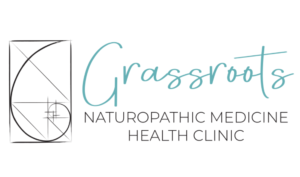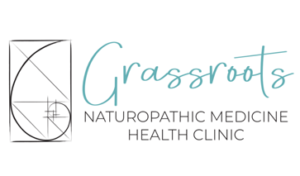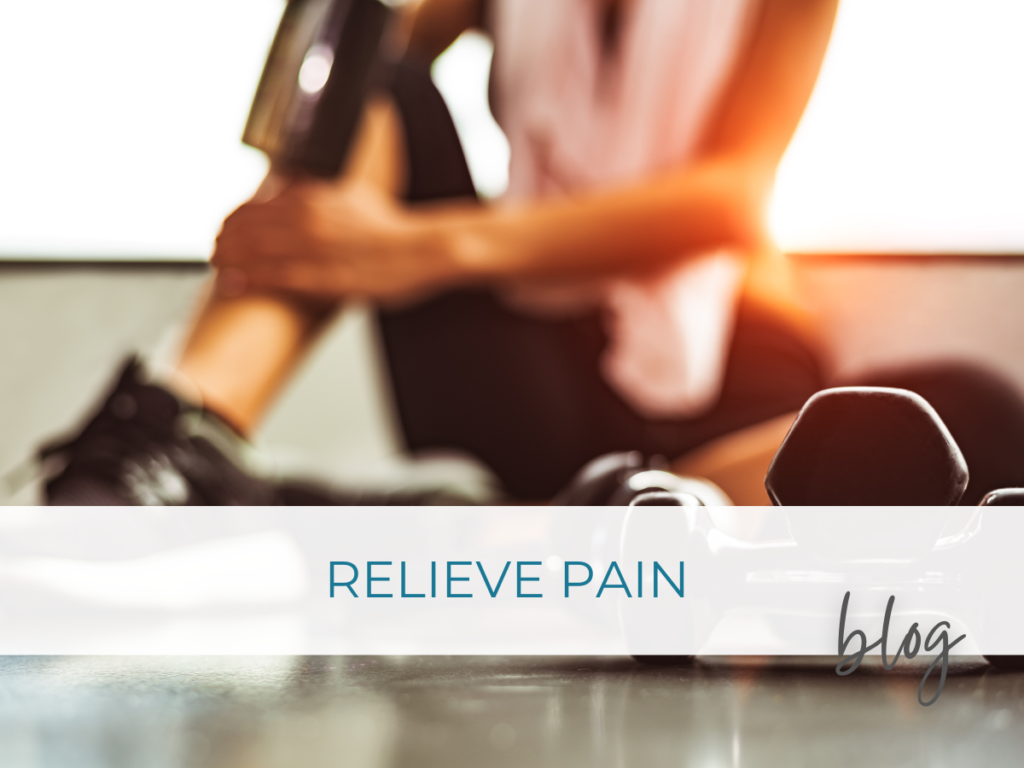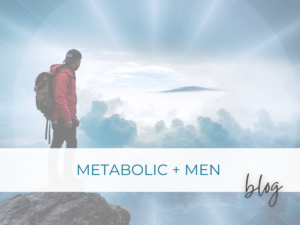There are many reasons why we experience pain. Perhaps it is from a tension or Chinook headache, or we were in an accident. Chronic pain and overuse injuries are also on the rise with our daily activities of driving for long hours and sitting at a desk all day. The best way to address pain is to make sure not to ignore it and get it properly assessed right away. Once you know the cause it will be easier for you to find the best way to address it, which might include one of more of the following:
Nutrition
Certain foods can help increase inflammation in the body, such as processed foods, refined carbohydrates, trans-fats, and sugar. Other foods that are high in anti-oxidants and polyphenols help to reduce inflammation in the body. The more inflammation in your system, the more likely you are to be sensitive to pain or have an injury. The research on specific anti-inflammatory diets is still mixed, but eating a more plant based and whole food diet has been shown to reduce inflammation and improve overall health.
Meditation
Meditation and mindfulness have been shown to be beneficial to many aspects of our health. Studies are now being done showing how the practice of meditation, even in new participants, can change how the brain responds to pain. In some studies pain was reduced by 27% (in comparison to 22% from morphine).
Sleep
There is a strong association between sleep and pain, though research is still catching up on which has a greater effect. There is also the role of sleep in addressing inflammation in the body and therefore improving pain. Most findings show that sleep has a greater effect on pain and therefore improving the quality of sleep has a greater impact on reducing pain as well as reducing the risk of devolving pain in the future.
Yoga
Several studies have shown that participation in group yoga classes can help with chronic pain, especially lower back. The effects are often more dramatic and longer lasting than those who participate in just stretching activity. There have also been benefits seen in improving the mood of those in pain as well as decreasing disability and improving functionality.
Stretching & Rolling
Often pain can be from overuse or underuse. We all recognize the fact that sitting all day at a computer is not great for our posture so what do you do? Gentle stretching to help balance out tight muscles has been shown to reduce chronic pain as well as lower injury. Rolling with a foam roller or a therapy ball also helps to target specific trigger points to pain and allow those muscles to release.
Exercise
There are many ways that exercise helps when dealing with pain. New research shows that regular exercise can help improve pain tolerance, as well as research on chronic low back pain and fibromyalgia show that regular exercise programs help to reduce daily pain. Increasing core strength and improving posture are often attributed to the pain improving benefits of exercise, as well as the improved circulation. Depending on the pain that you are addressing and the cause it is important to have an exercise routine designed specifically for you.
Acupuncture
Lots of people have tried acupuncture for addressing their pain. The traditional method is often found to be relaxing and painless during the treatments. Studies, such as the one the University of Maryland, is showing acupuncture to be effective in short term relief of chronic back pain as well as having long term effects. Through analysis of several studies they found that that acupuncture provides real pain relief, not just a placebo effect.
EFT
EFT or emotional freedom technique has moved from being more on the fringe to being well accepted not only for psychological health but also physical conditions such as pain and athletic performance. Several studies have shown EFT or tapping to be effective in reducing pain experienced from tension headaches, following PTSD symptoms and fibromyalgia.
Massage & Cupping
We all know how relaxing a good massage can be. Even the mean ones, like the deep tissue, help to release those tight muscles and get us back on track. Research shows it too, not only decreasing pain levels immediately but also improving relaxation, sleep and recovery. As the recent Olympics in Rio showcased the popularity of cupping; research is also getting behind that as an adjunct to a massage. The beneficial increase in blood flow and release of fascia has been shown to be helpful in back, neck, and knee pain, as well as carpal tunnel syndrome.
Bowen & Craniosacral Therapies
Bowen therapy is a soft tissue technique that uses gentle manipulation along certain muscles to help the body and muscles relax. Scientific studies on Bowen therapy is limited, and of those that exist 53% reported pain reduction and 33% reported improvements in mobility. Craniosacral, similarly, is another gentle technique with limited data. Again it is very relaxing and some of the research there on it does show a reduction in pain symptoms.
Trigger Point Injections
Trigger point injections and other injection therapies like neural therapy, that include injections into a trigger point or a referral pattern with a local anesthetic are quite commonplace. You can even get injections with corticosteroids or botox from an MD. The way it works seeds to be a disruption of the trigger point or pain generator from the needle and then the effect of what is injected causing vasodilation and relaxation of the muscle fiber.
Prolotherapy
Can you point to your pain? Is your pain from a tendon, ligament or muscle strain or tear? If so prolotherapy might be an option for you. Prolotherapy, or proliferative therapy, is an injection technique that uses dextrose, a sugar-water, diluted down with a local anesthetic to help stimulate connective tissue repair. Studies have shown it to decrease pain and improve joint function.
Nutritional Supplements
There are many supplements out there that help to reduce pain and inflammation. Some work by decreasing inflammation, such as Omega 3 fatty acids, others help to improve joint health and function, like glucosamine, and others replace key minerals, relax muscles and decrease pain perception such as magnesium. Your Naturopathic Doctor can help you determine which nutrients would be the most beneficial in your case, as well as reduce any potential side effects or interactions.
Botanical Medicine
Botanical or Herbal Medicine has been used for hundreds of years for pain relief and are becoming popular again as an alternative to medications. There is more research and studies being done now to assess their efficacy and how they work to avoid any potential negative interactions. There are many useful herbs that help to reduce inflammation, improve healing time, decrease pain signaling and help protect joints. Common herbs and herbal extracts include Turmeric, White Willow, Resveratrol and Boswellia to name a few. Even though they are considered safe, it is important to speak to your ND to ensure that the source, the dosing and the choice of herb is right for you and your health.
